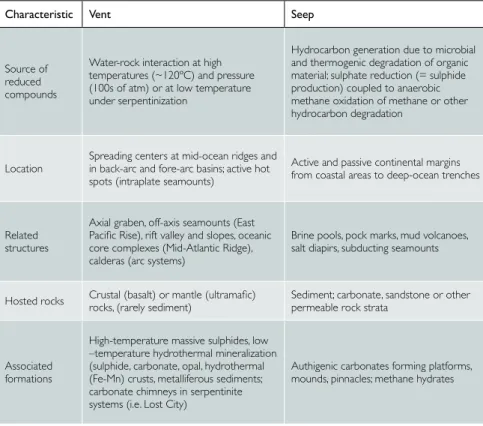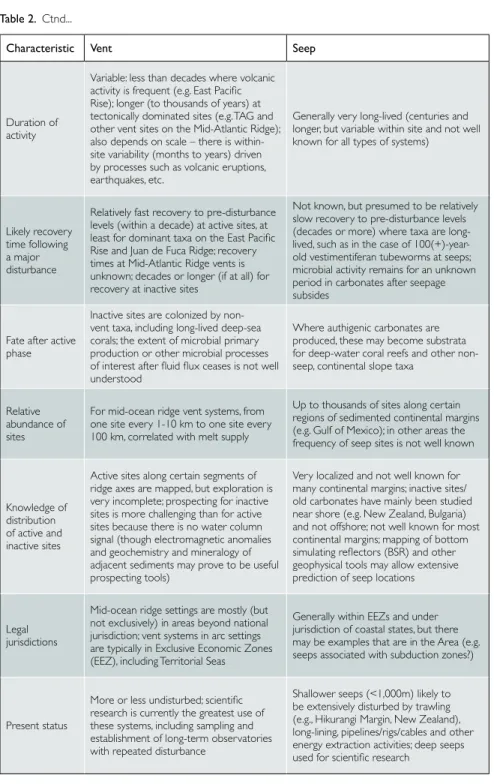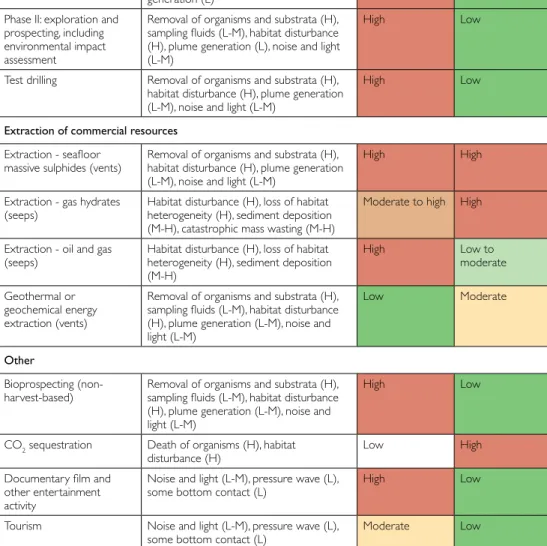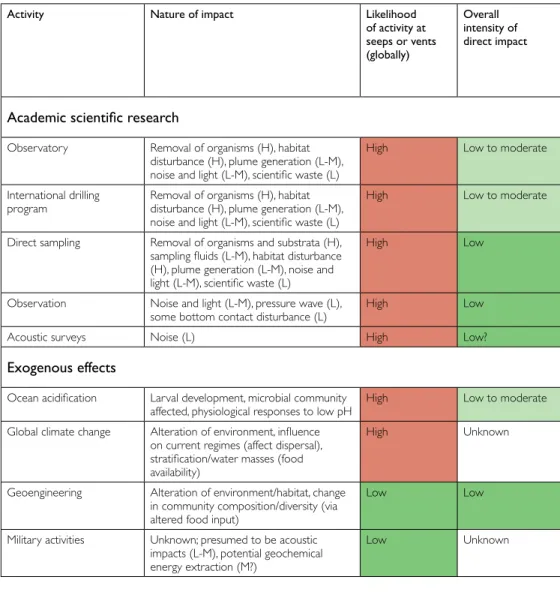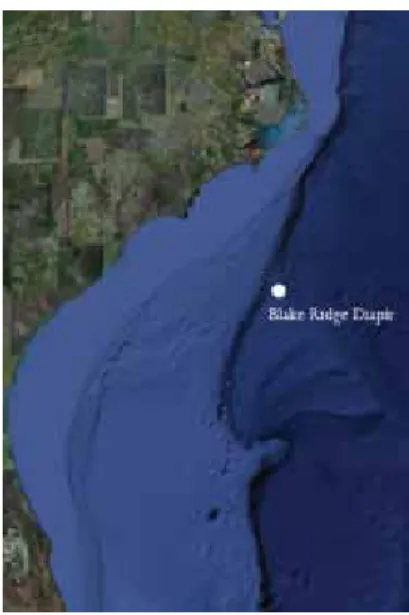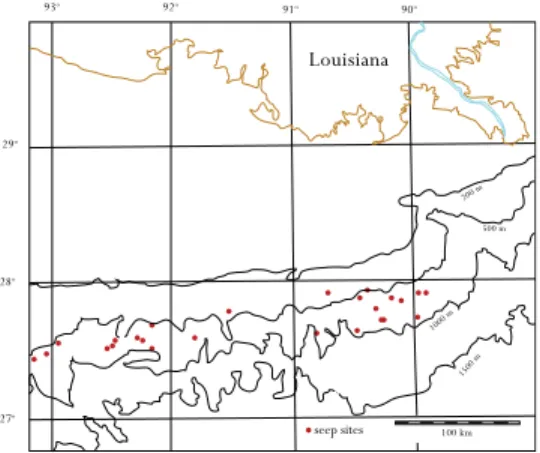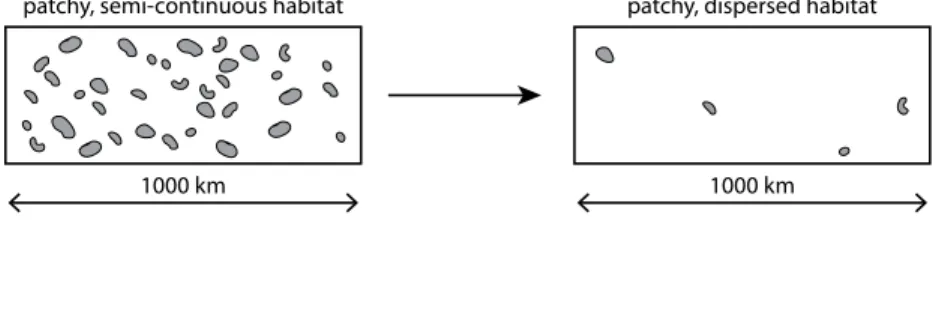Deep-sea vent and seep ecosystems were first discovered in the late 1970s and mid-1980s and are considered one of the greatest scientific discoveries of the 20th century. Bottom fishing in seepage areas and the emerging mass production of sulphide from the seabed in vents should be considered a priority in the spatial management of spring and spring habitats. Deep-sea vent and seep ecosystems were first discovered in the late 1970s and mid-1980s and are considered one of the greatest scientific discoveries of the 20th century.
Each of the human activities associated with the non-ecological services of vents and seeps can have different levels of impact on vent and seep ecosystems. Deep-sea activities and exogenous effects are numerous and differ qualitatively in attributes such as: probability of activity at vents and/. Activities and exogenous effects in the deep sea at a depth >250 m with an expert assessment of the characteristics of their impact on chemosynthetic ecosystems.
We did not consider the effect of cumulative impacts when assigning the "overall intensity of the direct impact" values.
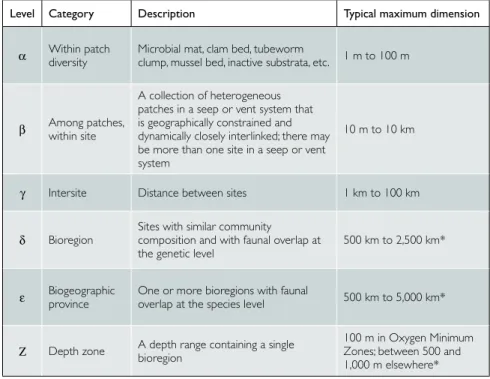
International Instruments to Protect Marine Biodiversity
Hydrothermal vents, along with seamounts and cold-water corals, are cited as examples of VMEs in UNGA 61/105, which recognizes "the immense importance and value of deep-sea ecosystems and the biodiversity they contain" . 13 In accordance with LOSC obligations, UN resolutions and decisions taken under the CBD, a number of regional agreements have implemented measures to protect the marine environment, including the environment in areas beyond national jurisdiction. Protection of the Natural Resources and Environment of the South Pacific Region, in which the Parties have agreed to take all appropriate measures to prevent, reduce and control pollution in the Convention Area resulting directly or indirectly from the exploration and exploitation of the the sea and its subsoil. 17 . Convention on the Conservation of Antarctic Marine Living Resources (CCAMLR), which applies to Antarctic marine living resources in the area south of 60˚ south latitude and to Antarctic marine living resources in the area between that latitude and the convergence of Antarctica that are part of the marine ecosystem of Antarctica. 18.
The InterRidge Statement of Commitment to Responsible Research Practices (http://www.interridge.org/IRStatement) at deep-sea hydrothermal vents affirms the InterRidge community's commitment to responsible research. 5 Agreement on the Implementation of Part XI of the United Nations Convention on the Law of the Sea of 10 December 1982, UNTS, vol. 8 Fifth Meeting of the Conference of the Parties to the Convention on Biological Diversity, Decision V/6 Ecosystem Approach (2000).
9. Ninth meeting of the Conference of the Parties to the Convention on Biological Diversity, Annexes I and II to Decision IX/20 Marine and Coastal Biodiversity. 11 A/RES/61/105, Sustainable fisheries, including through the 1995 Agreement on the Implementation of the Provisions of the United Nations Convention on the Law of the Sea of 10 December 1982 on the Conservation and Management of Common Fish Stocks and Very High Migratory Fish Stocks and Related Instruments. 12 A/RES Sustainable fisheries, including through the 1995 Agreement on the Implementation of the Provisions of the United Nations Convention on the Law of the Sea of 10 December 1982 concerning the conservation and management of common fish stocks and highly migratory fish stocks, and related instruments.
14 Agreement implementing the provisions of the United Nations Convention on the Law of the Sea of 10 December 1982 relating to the conservation and management of straddling fish stocks and highly migratory fish stocks. 16 Convention for the Protection of the Mediterranean Sea against Pollution, signed 16 February 1976, entered into force 12 February 1978 (revised in Barcelona, Spain, 10 June 1995 as the Convention for the Protection of the Marine Environment and the Coastal Zone of Mediterranean Sea ). The Convention for the Protection of Natural Resources and the Environment of the South Pacific (Nouméa Treaty or SPREP Treaty) was adopted on November 24, 1986 and entered into force on August 22, 1990.
Protected Chemosynthetic Ecosystems
João de Castro Seamount (Cardigos et al., 2005; Santos et al., 2010), with macrospecies similar to those found in coastal and seamount areas. João de Castro has been part of the Natura 2000 network since 2002, and Lucky Strike and Menez Gwen since 2009. Biodiversity (with about 70 species) and biomass are greatest at the Lucky Strike site (Desbruyères et al., 2001); Lucky Strike and Menez Gwen communities are dominated by the outfall clam Bathymodiolus azoricus, while communities at the Rainbow vent field are dominated by swarms of the shrimp Rimicaris exoculata.
The frequency of tectonic and volcanic events that can disrupt the pathways for vent fluids is lower in this slow-spreading ridge system, thus resulting in greater temporal stability in the location and activity of the vent fields (Copley et al., 2007). Given the relative geochemical and biological stability of the fields, their management as MPAs accommodates different scientific interests, from long-term, passive observation to experimental studies. Lucky Strike was also selected as a target field for the installation of the long-term seabed MoMAR observatory (Santos et al., 2002; Person et al., 2008).
The first national MPA under the open sea, Rainbow, was proposed by Portugal, initially under the OSPAR Convention (Ribeiro, 2010). Rainbow is a hydrothermal field in an area of Portugal's outer continental shelf that it claims extends beyond the 200 nautical mile limit. The Mariana Trench National Monument encompasses ~250,000 km2 of the Pacific Ocean in United States waters.
Seep communities are protected from impacts caused by oil and gas extraction activities in the Gulf of Mexico by the Department of Interior's Bureau of Ocean Energy Management, Regulation and Enforcement (BOEMRE, formerly the Minerals Management Service). Recent sinking operations reveal layers of oil coating seepage surfaces near the blowout site. This includes all cases, even when NEPA provisions called "Categorical Exclusions" (which have been erroneously labeled as "exclusions" or "waivers" in the media).
Urgency, Opportunity and Precedent
Conservation Goal and Objectives for Chemosynthetic Ecosystems in the Deep Sea
Dinard Guidelines for Spatial Approaches to Conservation of Vent and Seep Ecosystems and
In addition, the design of CERs should be integrated into wider marine planning schemes where they exist and the wider goals of ecosystem-based management. An understanding of the spatial distribution of habitats and activity sectors is crucial for marine planning efforts. Datasets of locations of the most likely extractive activities (eg fisheries, high-grade ore deposits, areas of bioprospecting interest) should be merged as they evolve with spatial contexts of biogeography and jurisdictional responsibility.
Chemosynthetic areas meeting EBSA criteria or of special scientific, historical or cultural importance should be considered priorities for protection. To achieve the central goal of protecting the breadth of biodiversity (from genes to ecosystems) in chemosynthetic ecosystems around the world, CER networks should be distributed globally where they are known or likely to occur, and should achieve conservation goals of multiple geographic scales that correspond to the natural distribution of taxa. In cases where little is known about the distribution of habitats and the risk of impact is high, the precautionary principle applies on which CER size and spacing should be based.
Blake Ridge Seep – the only known seep site on the Atlantic coast of the United States. Species will persist if their average dispersal distance is less than the linear spatial dimension of the management area (Botsford et al., 2007). Widespread habitats should be viewed more as ecological habitat islands and potential 'stepping stones'.
CERs should be organized as one or more networks within a Bioregion and should consider the potential for directed dispersal and for optimizing the ability of each management area to serve as a source and sink for recruits when appropriate data are available. available. At least 30 percent of available target habitat/ecosystems (flare or seepage) should be managed for conservation purposes (based on ISA 2010 recommendations). Where the chemosynthetic habitat targeted for protection has a fragmented or dispersed structure (as is the case in many vent ecosystems), and distribution patterns will remain largely unknown prior to the proposed activity, it is recommended that a significant portion (more greater than 50 percent) of the management area likely to contain the target habitat/ecosystem should be located in a network of CERs.

Management Considerations
Knowledge Gaps: Chemosynthetic Ecosystems
A legal term from the United Nations Convention on the Law of the Sea meaning the water column of oceans, seas and waters beyond national jurisdiction. A group of spatially separated populations of the same species that interact through the exchange of individuals (for example, through migration and larval recruitment). As a result, the net distribution to the ocean may be in directions other than the direction of the mean currents, including upstream.
It is important to note that for a suitable mooring location, regional circulation patterns must be determined in advance. Even in much simpler topographic settings, distribution often cannot be evaluated without an understanding of regional flow patterns. Consider, for example, the spreading above the top of the East Pacific Rise between 9 and 10ºN.
MAr's Hydrothermal Vents: Lucky Strike, Menez Gwen & Rainbow Protected Elements • Physical structures of the vents. Workshop of the Regional Government of the Azores on the feasibility of creating MPAs at Lucky Strike and Menez Gwen. The Regional Government of the Azores has published the Decree Law of the Regional Network of Protected Areas.
Lucky Strike and Menez Gwen submitted by Portugal as part of the EU Nature 2000 network. We need to improve our understanding of the intensity of impacts and the temporal and spatial scales of human activities likely to occur in chemosynthetic environments. We have limited knowledge of the sphere of influence of chemosynthetic ecosystems on the background ecosystem.
We need to improve our understanding of the multiple assessments of ecosystems and chemosynthetic resources. The workshop participants are asked to keep an eye on the aims of the workshop and the outlined needs of the scientific manuscript.
Definition of terms used in the report
Connectivity and dispersal at vents on mid-ocean ridges
Establishment of the Azores hydrothermal vent marine protected areas
Knowledge status
Meeting overview and workshop participants
